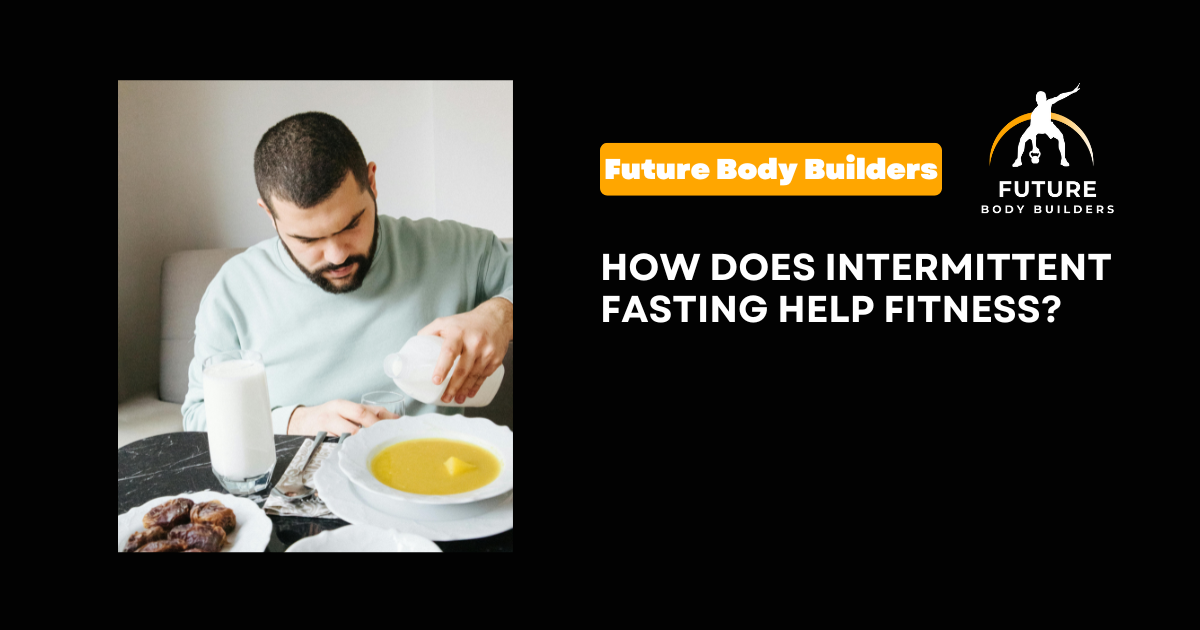How Does Intermittent Fasting Help Fitness?


Intermittent fasting (IF) has gained popularity in the fitness world, and for good reason. This eating pattern doesn’t just help with weight loss, it also enhances energy, muscle growth, and recovery. But how exactly does fasting improve fitness?
Whether you’re into bodybuilding, strength training, or general fitness, intermittent fasting can be a powerful tool to optimize performance and results. Let’s break it down.
Are you interested in getting personalized nutritional tips that will work for you? You can book a free customized fitness consultation with us.
Intermittent fasting isn’t just a diet. This is an eating schedule. The most common methods include:
Fasting periods allow the body to reset. You will also be able to burn fat efficiently, and optimize hormones for fitness performance.
Intermittent fasting promotes fat burning without sacrificing muscle mass. During fasting, insulin levels drop. This allows stored fat to be used for energy. Meanwhile, growth hormone increases, preserving muscle tissue.
Many assume fasting leads to muscle loss, but that’s not true when done correctly. Instead, it helps regulate anabolic hormones. This improves muscle gain when paired with resistance training.
To maintain muscle, it’s crucial to eat enough protein and train effectively during your eating window.
Some worry that training in a fasted state will lower energy levels. However, fasting can actually improve endurance and strength by optimizing how the body uses energy.
For strength training, fasted workouts work well for fat loss. But consuming protein post-workout is essential for muscle recovery.
Digestion plays a key role in fitness and recovery. Fasting gives the digestive system a break which reduces bloating and inflammation. This leads to improved nutrient absorption.
A well-functioning digestive system supports better overall fitness and energy levels.
If you’re new to fasting, ease into it with these steps:
By following these steps, you’ll maximize the benefits of intermittent fasting. This will also help to maintain strength and endurance.
Intermittent fasting isn’t just about skipping meals. This is a strategy that enhances fat loss, muscle growth, and workout performance. When combined with a proper training routine and balanced nutrition, it can help you achieve your fitness goals more efficiently.
Are you looking for more fitness tips? Connect with us on our various platforms to stay updated on the latest training and nutrition strategies.